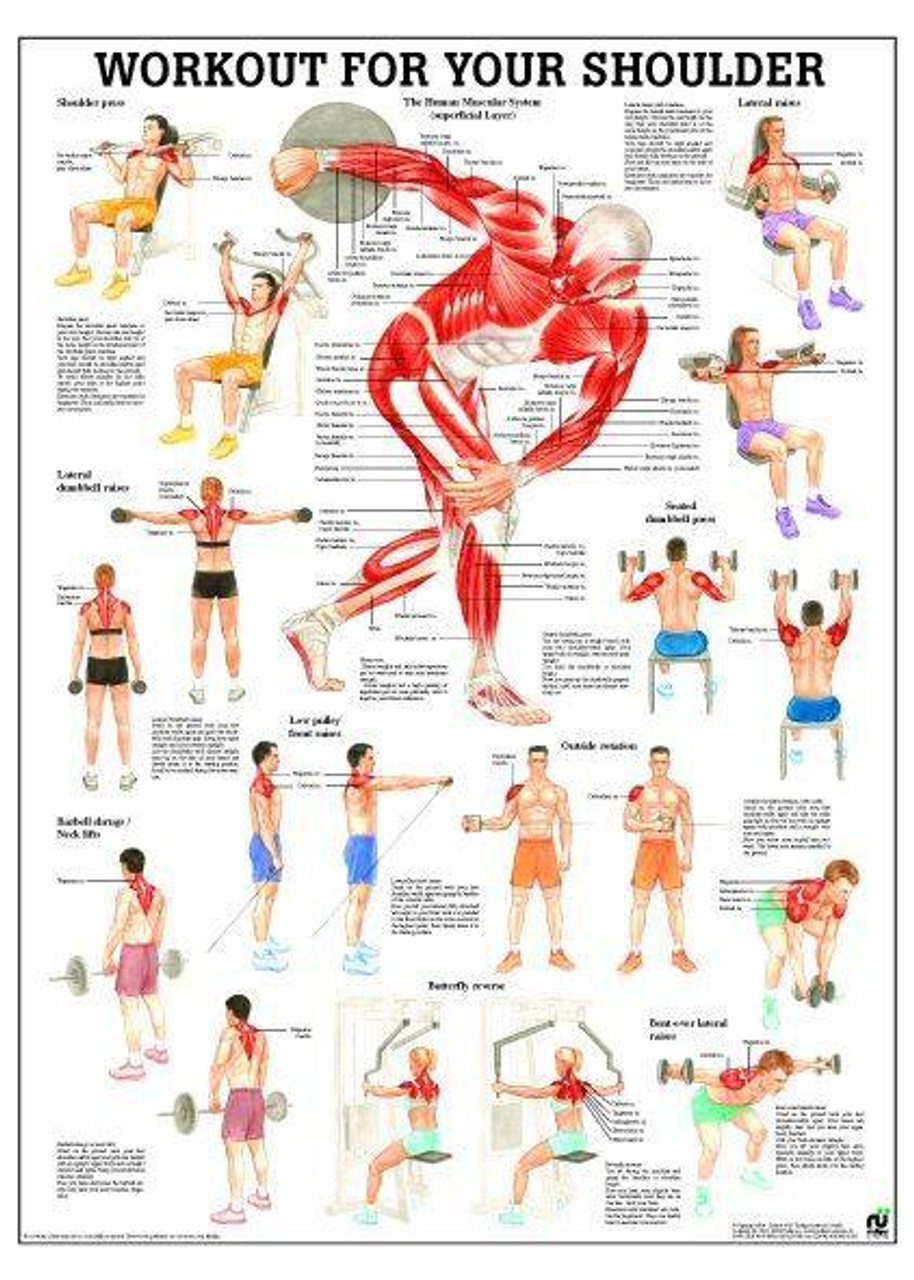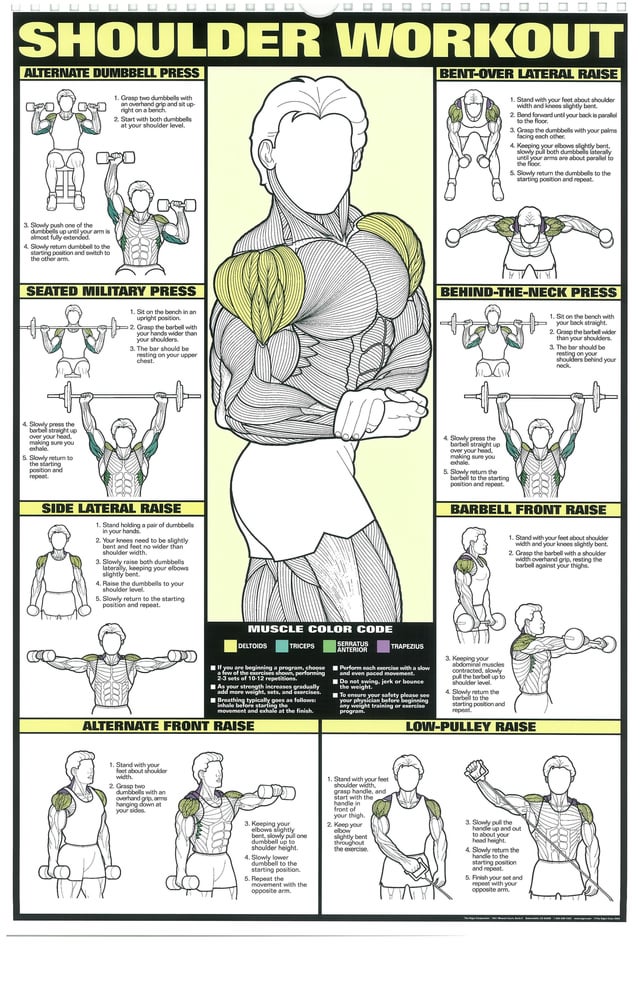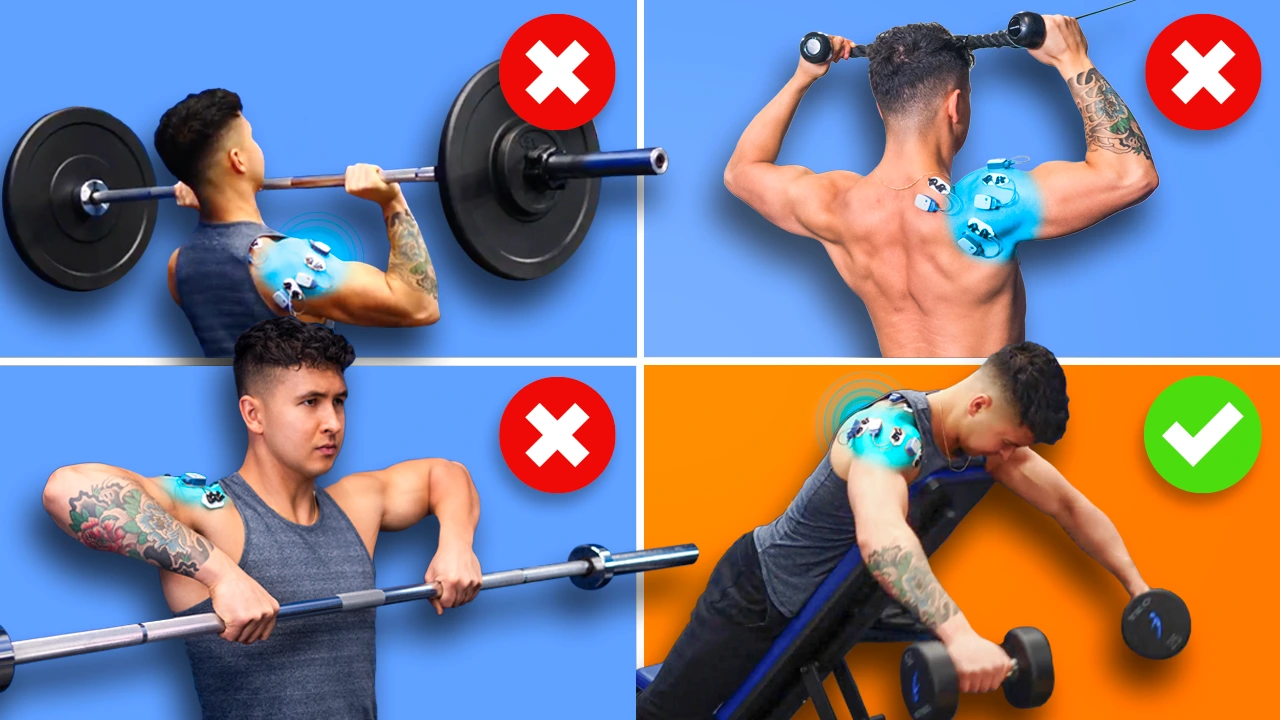Alright, so you want to know about my journey with a shoulder exercise chart, huh? It wasn’t like I woke up one day and decided to become a shoulder guru or anything. It actually started pretty unglamorously, if I’m being honest.

How It All Began – The ‘Why’
I remember it was a Tuesday, or maybe a Wednesday, doesn’t matter. I was trying to change a lightbulb in the kitchen. You know, one of those awkward ceiling fixtures where you have to stretch just right. Well, I stretched, heard a little ‘pop’ in my right shoulder, and bam! Instant regret. It wasn’t a terrible, hospital-worthy pain, but more like a nagging, annoying ache that just wouldn’t quit. For days, every time I reached for something, or even just typed for too long, it would grumble at me.
I tried to ignore it, thought it would just go away. You know how it is. But after a week or two, I was like, “Okay, this is dumb. I gotta do something.” I wasn’t about to go running to a doctor for a little twinge, felt a bit silly for that. So, I figured, “Hey, the internet knows everything, right?”
The Great Internet Rabbit Hole
So, I started searching. Typed in “shoulder pain exercises” or something equally vague. And man, what a flood! Videos of super-buff dudes lifting crazy weights, complicated diagrams with Latin names for muscles I didn’t even know I had. It was overwhelming. I just wanted something simple, something I could do at home without feeling like I needed a PhD in kinesiology.
I saw a few things that looked like “charts” – you know, printable PDFs with little stick figures. Some looked okay, but others were just too much. Too many exercises, too many reps, too much jargon.
Making My Own ‘Chart’ – The Kitchen Table Method
So, I decided to simplify. I watched a few videos, picked out maybe three or four exercises that seemed gentle enough and didn’t require any fancy equipment. I literally grabbed a piece of paper and a pen – no fancy app, no downloaded chart. I just jotted them down.

My super basic “chart” looked something like this in the early days:
- Arm circles (small, then bigger – both ways)
- Pendulum swings (just letting my arm hang and swing gently)
- Wall push-ups (because regular ones felt like too much pressure)
- Doorway stretch (for opening up the chest and front of the shoulders)
That was it. My “shoulder exercise chart” was basically a note stuck to the fridge with a magnet. Real high-tech, I know.
The Actual Practice – Sticking To It (Sort Of)
Then came the hard part: actually doing them. First few days, I was all enthusiastic. Then, life happens. I’d forget, or I’d be “too tired.” That little ache was a good reminder though. It was like a little alarm bell. “Hey, you! Remember me? Do your stuff!”
I didn’t follow it religiously. Some days I’d do all of them, other days just one or two. I tried to listen to my body. If something felt pinchy, I’d ease off. The goal wasn’t to become Mr. Olympia, just to stop my shoulder from complaining every time I reached for the coffee mugs on the top shelf.
It’s funny, this whole shoulder thing reminded me of when I tried to learn how to bake sourdough bread during that big craze a while back. Everyone had these complicated schedules, feeding starters at precise times, using special flour. I just wanted a decent loaf of bread! I ended up with a few bricks and a very messy kitchen. My approach to the shoulder exercises was a bit like my eventual sourdough success: find the simplest possible way that works for me and don’t get bogged down by what everyone else is doing. My shoulder wasn’t a professional bakery, and it didn’t need a professional athlete’s routine.

What Happened Next
Slowly, and I mean slowly, over a few weeks, the ache started to fade. I could reach for things without that wince. I even added a couple more exercises I found, like using a light resistance band for some external rotations. My “chart” got a few more scribbles on it.
Now, I don’t really need the paper anymore. It’s become a mental checklist. And yeah, my shoulder feels a lot better. It’s not perfect, I still get a twinge if I overdo it gardening or something, but it’s a world of difference from that first ‘pop’. The biggest thing I learned wasn’t some magic exercise, but just the act of being consistent with something simple. That a “chart” doesn’t need to be complicated to be effective. Sometimes, a few notes on a piece of paper are all you really need to get started and make a bit of progress. And hey, I can change lightbulbs again without a second thought, so that’s a win in my book.







